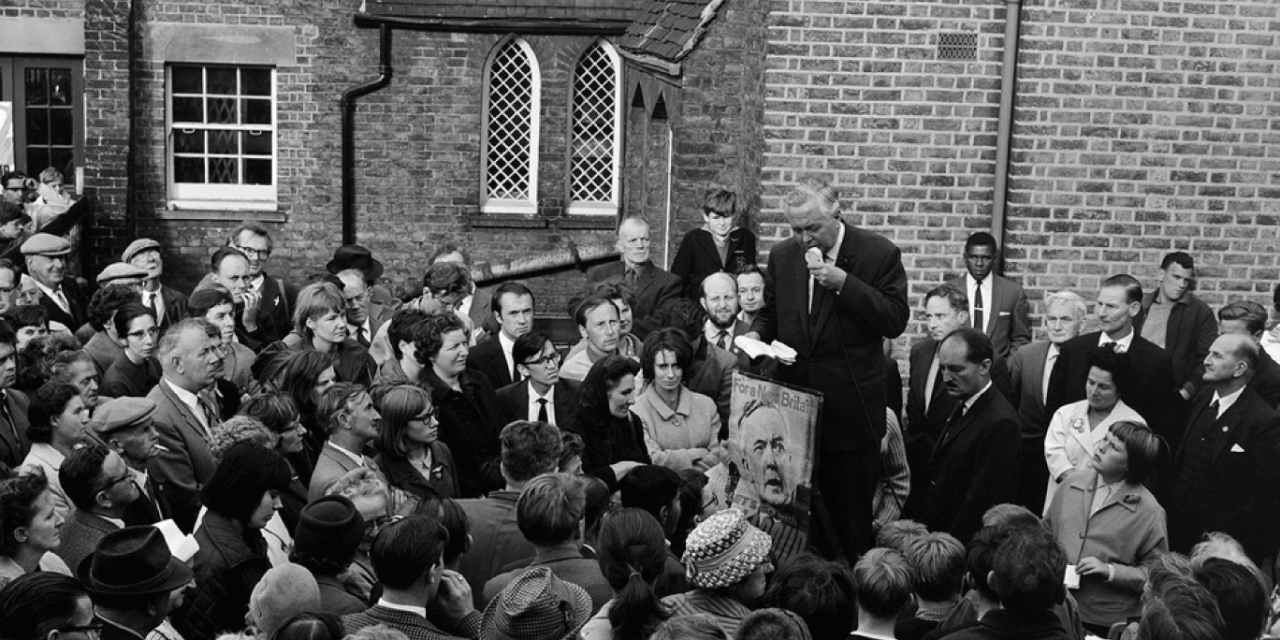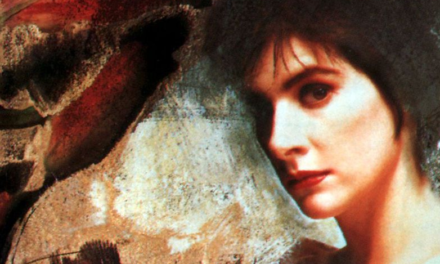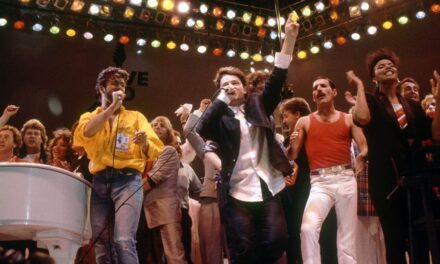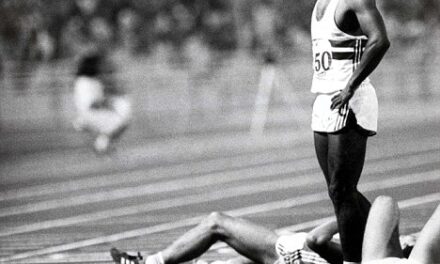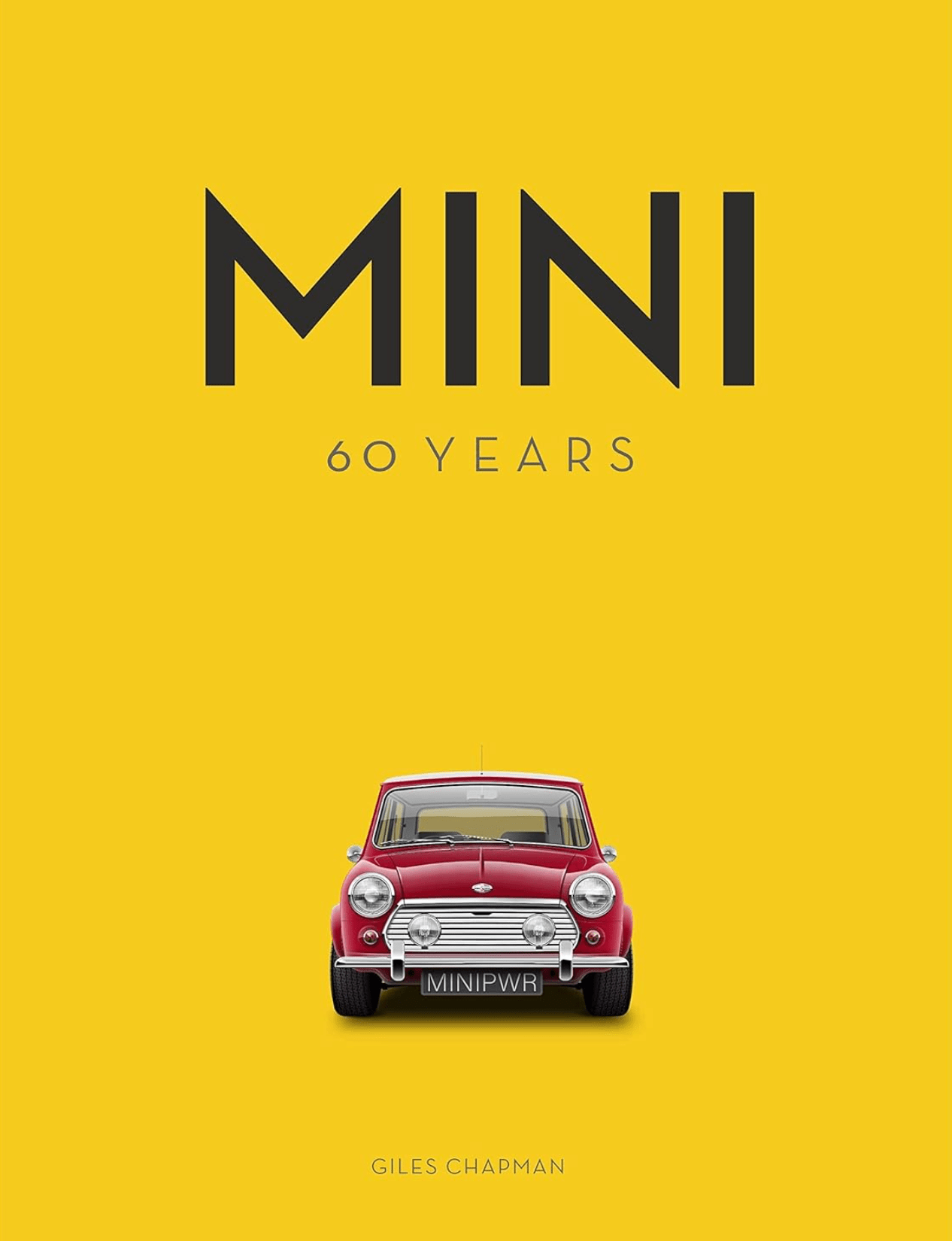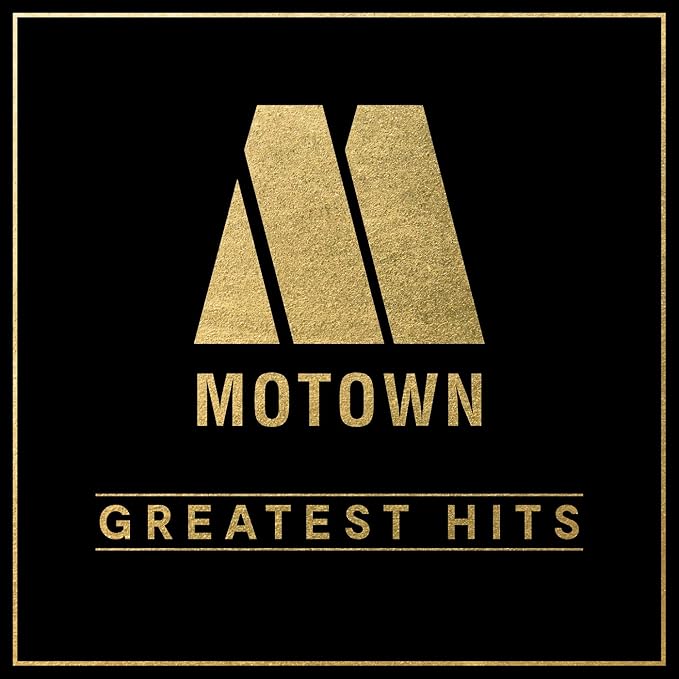1964 was a monumental year in the United Kingdom that brought major developments across music, entertainment, culture, politics and sports. As the sixties swung into full gear, Britain experienced seismic cultural shifts while still grappling with lingering post-war change. The emergence of bold new youth-driven creative movements collided with the decline of old establishments. Political change arrived in the form of a close Labour victory after over a decade of Conservative rule. And television and pop culture rapidly expanded their reach and influence over British society. Let’s dive deeper into some of the key events across music, film, politics, sports and more that defined this landmark year and ushered in a transformative new era.
The musical landscape was reinvented as British rock bands took over the global scene. The Beatles led this charge, sparking Beatlemania in America on the heels of their first #1 hit on the Billboard charts. The Rolling Stones unveiled their gritty, blues-infused debut album as a raucous counterpoint. On the big screen, the James Bond juggernaut thundered on with Goldfinger, which set new box office records. And My Fair Lady delighted audiences as musical cinema reached new artistic and commercial heights.
On the political front, Harold Wilson led a Labour victory to unseat the Conservatives after 13 years in power, campaigning on promises of radical reform. A changing of the guard was in motion, reflected in both government and mass culture. And sports too evolved to engage wider audiences, with the BBC launching its landmark football highlights show Match of the Day. As Britain balanced preservation of traditions with hunger for progress, 1964 marked a turning point on the road to shaping the new era that redefined the nation.

Music
The Beatles Top Charts in America
The Beatles’ conquest of the American music charts in 1964 marked a seismic shift in pop culture. “I Want To Hold Your Hand” hitting #1 on the Billboard Hot 100 on February 1 launched the British Invasion and ignited Beatlemania across the United States. The Fab Four had already found fame in their native UK, but cracking the lucrative American market had eluded previous British pop acts. However, their melodic, mop-top image and infectious pop-rock sound was irresistible to American teens.
After a slow build, US radio stations began playing “I Want To Hold Your Hand” extensively in December 1963. By January, demand exploded as the single’s sales skyrocketed. When The Beatles arrived in New York on February 7, they were greeted by 3,000 screaming fans. Two nights later, their first live American TV appearance on The Ed Sullivan Show drew 73 million viewers, becoming one of the most watched TV events ever. Their three successive Sullivan shows propelled their album Meet The Beatles! to the top spot on the Billboard 200 for 11 weeks.
By April, The Beatles incredibly held the top 5 singles chart positions simultaneously, including “Can’t Buy Me Love,” “Twist and Shout,” “She Loves You,” and more. They even accounted for 60% of all Billboard Hot 100 singles that week. Their dominance was unmatched.
The Beatles’ chart-topping success made 1964’s “British Invasion” a cultural phenomenon. Their music and iconic mop-top image created Beatlemania pandemonium and influenced everything from fashion to hairstyles. America would never be the same, as the Fab Four changed pop music forever.
Featuring fresh insights from Mick, Keith, Charlie and Ronnie, Unzipped digs deeper than ever before into the Stones’ archives to present a comprehensive collection of Stones artworks, instruments, stage outfits and notebooks alongside key work by some of the legends of rock photography.
For almost 60 years the Rolling Stones have helped shape popular culture around the globe. Unzipped captures the compelling character and dynamic spectacle of the band through distinctive photography and interviews with the Stones themselves, tracing their impact and influence on rock music, art, design, fashion, photography and filmmaking.
The Rolling Stones Debut Album
The Rolling Stones unveiled their trailblazing eponymous debut album in 1964, establishing themselves as the bad boys of the British Invasion with their raw, bluesy rock sound. In contrast to the Beatles’ pop polish, the Stones’ gritty rhythm and blues carried a danger and sensuality that shook up youth culture.
Released on April 16, 1964, The Rolling Stones album introduced the band as successors to blues legends like Muddy Waters, who they covered on singles like “Come On” and “I Wanna Be Your Man.” While Mick Jagger and Keith Richards were honing their own songwriting, the LP includes Nanker Phelge group compositions like “Tell Me” plus fiery covers of Chuck Berry, Willie Dixon, and more.
The cultural impact was immediate, helping usher in the Rolling Stones as anti-establishment icons. Although their debut peaked at #11 UK and #11 US, Jagger’s sexually provocative lyrics and the band’s rebellious image connected with disaffected youth. Songs like “Can I Get a Witness” and “Mona (I Need You Baby)” pulsed with raw rhythmic energy and insouciant vocals.
While criticised as derivative by some, The Rolling Stones showcased the Jagger/Richards songwriting partnership’s early development and established the group’s fusion of Chicago blues, R&B textures, and defiant attitude. This seminal debut album cemented the Stones as the vanguard of blues-infused rock, distinct from their British peers. Over 50 years later, it remains a powerful opening statement that changed music forever.

Petula Clark’s No. 1 Hit “Downtown”
Petula Clark struck pop gold in 1964 with her vivacious transatlantic chart-topper “Downtown,” becoming the first British female singer to score a #1 hit in the US. The singalong ode to city nights and urban romance epitomised the effervescent “Swinging London” zeitgeist invading America.
Written by Tony Hatch, “Downtown” was an immediate ear worm upon its release as a single in late 1964. Clark’s warm, expressive vocals brought the lively lyrics to life against the jaunty piano, vibrant brass, and catchy hook. She vividly sang of downtown as a place to “listen to the music of the traffic in the city” and defy loneliness by losing oneself to the excitement of urban nightlife.
Buoyed by Clark’s energetic performance, stylish look, and airplay on American Bandstand, “Downtown” soared up the charts. It dethroned The Beatles’ “I Feel Fine” to top the Billboard Hot 100 for two weeks in January 1965. It also hit #2 in the UK, establishing Clark as a truly international pop phenomenon.
“Downtown” signalled the British Invasion extending beyond rock bands to chic, chart-topping female solo artists. Clark helped carry Swinging London’s ebullient spirit stateside through her pop crooning. The song’s legacy lives on through countless uses in film, TV, and advertising, cementing its place as one of the most iconic hits of the 1960s.
It's time to embrace the slower pace!
There's no denying it - you're OLD, but that comes with a lot of perks. You can say the most outrageous things and somehow get away with it. You can dress however you damn well please. And after learning from so many mistakes, you're now as wise as you are wizened. It's your time to recline, and this hilarious book will show you how it's done.
Entertainment
BBC2 Television Channel Launches
The launch of BBC2 in April 1964 dramatically expanded British television, breaking the BBC’s monopoly and providing viewers with more choice. The BBC’s second channel ushered in a new era for broadcasting, with BBC2 aimed at providing distinctive, minority programming tailored to niche audiences.
After several delays, BBC2 finally began regular colour broadcasts from the Crystal Palace transmitting station on April 20, 1964. The opening night saw playwright Howard Brenton appear in conversation with journalist Kenneth Harris in the “Talkback” program, followed by a performance of Cole Porter’s musical Kiss Me, Kate.
BBC2 expandedBritish television programming with more airtime devoted to the arts, culture, science, and politics. The channel aired acclaimed shows ignored by mainstream networks, including highbrow arts magazine The Late Show and pioneering science series Horizon. BBC2 covered upper-class pastimes like opera, ballet, theatre, gardening and cuisine. This distinguished BBC2 from the more populist entertainment of BBC1 and ITV.
By operating as a minority channel, BBC2 also served audiences ignored by other networks, providing programs for religious and immigrant minorities along with more Wales, Scotland and Northern Ireland content for the nations and regions.
While the initial black & white coverage was limited, BBC2’s arrival marked the beginning of the modern television era. The additional channel provided new viewing options and ushered in innovations such as colour broadcasting. BBC2 changed television forever.

James Bond Film Goldfinger Released
The third James Bond blockbuster Goldfinger hit British cinemas in 1964, cementing 007 as a pop culture phenomenon and showcasing Sean Connery’s magnetism in the role. With its lavish set pieces, sly wit, and eccentric villain, Goldfinger set a new standard for the action franchise.
Based on Ian Fleming’s 1959 novel, Goldfinger pitted Bond against devious, gold-obsessed villain Auric Goldfinger, memorably played by Gert Fröbe. The film boasted death-defying action sequences like the climactic Fort Knox break-in and iconic moments like a gold-painted Bond girl. Director Guy Hamilton kept the thrills coming without sacrificing sly humour, with witty dialogue penned by Richard Maibaum and Paul Dehn.
Upon its September 1964 UK release, Goldfinger was both a critical and commercial smash success. Sean Connery reprised his magnetic, sophisticated Bond while upping the physicality. His fight scene with formidable henchman Oddjob wowed audiences. The film grossed over $125 million dollars globally, surpassing Dr. No and From Russia with Love.
From Shirley Bassey’s brassy theme song to Harold Sakata’s lethal bowler-hat-wearing Oddjob, Goldfinger delivered on the formula of exotic locales, fiendish villains, wry humour and death-defying stunts. Its massive success proved James Bond was no passing fad, but rather an enduring icon perfect for the espionage era who would thrive for decades to come.
The essential guide to all 25 Bond Movies, including April 2020's No Time to Die - starring Daniel Craig!
Featuring facts on the stories, the characters, the vehicles, the gadgets and the locations of each movie, this authorized guide takes you through six decades of one of the greatest movie franchises ever.
With over 1,000 photographs, posters, and movie images from the filmmakers' extensive archive, this book is an indispensable guide to what happened in which film and when, providing everything you need to know on the phenomenal world of Bond.
My Fair Lady Film Released
The beloved musical My Fair Lady dazzled audiences upon its 1964 big-screen release, thanks to Audrey Hepburn’s enchanting turn as Cockney flower girl Eliza Doolittle. It became one of the most acclaimed and highest-grossing films of the 1960s as moviegoing reached new popularity.
Based on the 1956 Broadway smash, My Fair Lady brought Alan Jay Lerner and Frederick Loewe’s adaption of George Bernard Shaw’s Pygmalion to vivid life under director George Cukor. Though some controversy surrounded casting Hepburn over vocally-superior Julie Andrews, Hepburn lit up the screen as the fierce, witty Eliza transformed from working-class “guttersnipe” to high society.
Rex Harrison reprised his Broadway role as Professor Henry Higgins, the pompous linguist who bets he can erase Eliza’s lower-class accent and manners. Though 34 years her senior, Harrison’s chemistry with Hepburn enthralled audiences. The lavish costumes, Ascot racetrack scenes, and classic songs like “The Rain in Spain” and “I Could Have Danced All Night” transported viewers to 1912 London.
With its humour, romance and captivating lead performances, My Fair Lady won 8 Oscars including Best Picture and brought musical cinema to new artistic and commercial heights. It exemplified the thriving entertainment scene of the era. As audiences flocked to cinemas, My Fair Lady became one of the highest grossing films at the time with nearly $72 million earned. The timeless musical delighted viewers seeking both escapism and social commentary.

Culture
Retirement of The Queen Mary Ocean Liner
The legendary ocean liner RMS Queen Mary was retired in 1964, ending the ship’s illustrious 30-year career shuttling travelers across the Atlantic between Southampton and New York. Her retirement signalled the conclusion of the golden age of elegant transatlantic ship travel.
The Queen Mary first set sail in May 1936 as the largest and most luxurious passenger ship of her time. Over 1,000 feet long with 11 decks, she captured the Blue Riband award for fastest north Atlantic crossing. Her Art Deco interiors, lavish amenities and capacity for over 2,000 guests made her the crown jewel of the Cunard-White Star Line.
Throughout the 1940s the Queen Mary served as a troopship in World War II before returning to civilian service. By the 1960s, increased air travel caused a sharp decline in ocean liner passengers. Despite a costly 1963 renovation, keeping the Queen Mary operational was no longer profitable.
The legendary liner’s final Southampton-to-New York voyage departed in September 1964. Upon arrival, she was officiated farewell ceremonies befitting royalty. The Queen Mary then set course for her new permanent home in Long Beach, California as a floating hotel and museum. Her retirement ended the era of glamorous transatlantic ship travel she so embodied.
Though outmoded by airliners, the Queen Mary maintained grace and grandeur until the end. Her retirement left a void in the golden age of ocean liners, nostalgia for which endures today. The “Queen” remains a beloved symbol of 20th century travel.
Launched in an era when speed and grandeur went hand in hand, the RMS Queen Mary is the last survivor of the golden age of ocean liners. From the time of her maiden voyage in 1936, passengers crossed the North Atlantic cocooned in luxury. Movie stars, tycoons, politicians, and royalty shared a ship with everyday people, for whom this was a once-in-a-lifetime experience. During World War II, the Queen Mary ferried countless soldiers safely across the sea and, at war's end, carried their brides and babies home to America.
Post Office Tower Opens in London
The grand opening of the Post Office Tower in October 1964 momentously reshaped London’s skyline, with the soaring communications hub becoming a prominent city landmark. At a towering 191 meters over the capital, the Post Office Tower symbolised Britain’s postwar modernisation and technological advancement.
Planned as early as the 1950s, the Tower fulfilled a practical purpose as a microwave communications station and telephone exchange. But the elegant cylindrical design by architect Eric Bedford also created a striking addition to the London cityscape.
The Tower’s construction involved feats of engineering, including specially designed hydraulic jacks to protect stability on its 110-meter deep foundations. After completion in July 1964, the structure was officially opened on October 8, 1964 by Prime Minister Harold Wilson.
Visitors could experience panoramic views from the Tower’s 34th floor revolving restaurant and open-air observation deck. Rotating fully every 22 minutes, the restaurant provided unparalleled vistas for up to 200 diners. Along with its communications capabilities, the Tower became a futuristic tourist attraction.
Soaring 600 feet over central London atop the population’s telephone calls and data transmissions, the Post Office Tower exemplified Britain’s postwar ambition and technical innovation. It rapidly became an iconic aspect of the London skyline, transforming the city’s look as it modernised. The Tower and its remarkable rotating restaurant captured the zeitgeist of 1960s optimism and progress.
Charlie and the Chocolate Factory saw Roald Dahl continue entertaining readers young and old with his offbeat stories. As Britain evolved culturally, both landmarks and legends created cultural touchstones.

Politics
Harold Wilson Becomes Prime Minister
The general election on October 15, 1964 brought the Labour Party back into power after 13 years in opposition, with Harold Wilson becoming prime minister at a time of major societal change and upheaval. Wilson led Labour to a narrow victory that demonstrated the British public’s desire for change and more progressive policies after over a decade of Conservative rule.
Wilson campaigned on promises of radical reform and modernisation, capturing the zeitgeist of the 1960s through his rhetoric about embracing the “white heat” of technology and scientific revolution. As prime minister, he vowed to address economic stagnation and enact social progress after what he called 13 wasted years under the Tories.
The results saw Labour gain 56 seats to win 317 to the Conservatives’ 304. This gave Wilson a majority government, though smaller than anticipated. Wilson took office at age 48, the youngest prime minister since the 19th century. His technocratic image and oratory skills galvanised support from a population seeking change.
Wilson wasted no time in passing core Labour initiatives like raising pensions, increasing housing subsidies, and introducing a national minimum wage. He also made progress on social issues like decriminalising homosexuality and abortion.
Though his slim majority limited radical moves, Wilson’s victory marked a political sea-change. His brand of optimistic, forward-looking Labour politics matched the enthusiasms of 1960s Britain. The country veered left following the stagnating final years under Conservative Macmillan. Wilson promised revolution and began delivering reform.
Harold Wilson is the only post-war leader of any party to serve as Britain's Prime Minister on two separate occasions. In total he won four General Elections, spending nearly eight years in Downing Street. Half a century later, he is still unbeaten, Labour's greatest ever election winner. How did he do it - and at what cost?
Nuclear Disarmament Protest
The Campaign for Nuclear Disarmament (CND) held one of its largest anti-nuclear protests in London in 1964, as activists kept up pressure for nuclear abolition amidst shifting political winds. An estimated 25,000 people joined the Easter Monday rally on April 13th, reaffirming the movement’s significant voice.
Formed in 1957, the CND advocated non-violent action to remove nuclear weapons from Britain and end Cold War proliferation. By the 1960s, rising Cold War tensions like the Cuban Missile Crisis boosted public anxiety. The CND gave activists an outlet to demand disarmament.
The 1964 demonstration occurred just months before Labour returned to power under the progressive Harold Wilson. Protesters hoped a Labour government would chart a course towards unilateral disarmament and resist American pressure to acquire the Polaris submarine nuclear system.
Marching from Hyde Park to Trafalgar Square, an estimated 25,000 carried banners reading “Ban The Bomb,” “No To Polaris” and “Polaris Is Political Madness.” Speakers like Bertrand Russell condemned nuclear rearmament before crowds singing peace songs.
While Labour’s victory brought hope, Wilson maintained a close Cold War alliance with America including acquiring Polaris. But the CND continued pressuring politicians to curb proliferation and honour pacifist values. The group’s high-profile 1964 protest exemplified Britain’s rising anti-nuclear movement.
Includes FREE MP3 version of this album. AutoRip is available only for eligible CDs and vinyl sold by Amazon EU Sarl (but does not apply to gift orders or PrimeNow orders). See Terms and Conditions for full details, including costs which may apply for the MP3 version in case of order returns or cancellations. Complete your purchase to add the MP3 version to your Amazon music library. Provided by Amazon EU S.à r.l.
Conservatives Lose Power After 13 Years Leading
The UK general election of 1964 marked the end of 13 consecutive years of Conservative Party rule, as Harold Wilson’s Labour Party won a narrow victory that spoke to the public’s growing desire for change amid cultural shifts. The Tories’ fall from power after over a decade governing underscored both their waning public appeal and a mood for fresh progressive leadership.
The Conservatives had governed the UK since 1951 under war hero Winston Churchill followed by Anthony Eden and then Harold Macmillan. But a series of missteps like the Suez Crisis and Profumo sex scandal tarnished the party’s image. Meanwhile, the economy stagnated in the early 1960s as outdated Tory policies failed to address changing times.
Against this backdrop, Harold Wilson’s technology-embracing Labour vision attracted voters keen for modernisation and reform. After losing two prior elections, Wilson finally led Labour to a winning margin of 4 seats in October 1964. The result demonstrated swelling public fatigue with the Conservatives after years of mismanagement and scandal.
For over 13 years, the Tories had defined the political landscape. Their fall pointed to a population, particularly youth, eager for change both in leadership and policies. The 1960s social revolution was emerging, and Wilson’s progressive Labour Party appeared far better positioned to lead a country demanding evolution. The changing of the guard in 1964 set the stage for a new transformative era in British politics and society.

Match of the Day Debuts
The launch of Match of the Day by the BBC in 1964 revolutionised sports broadcasting in the UK, providing the first televised roundup of football match highlights and bringing the nation’s beloved sport directly into fans’ living rooms. The iconic program premiered on August 22, 1964, airing highlights of Liverpool vs Arsenal and fulfilling pent-up demand for football on television.
Match of the Day had been controversial during its development due to fears it would negatively impact match attendance. But under producer Gerald Sinstadt, the show balanced insight and entertainment for home viewers through expert analysis alongside the match footage. The slick presentation style introduced techniques like instant replays and used multiple camera angles.
The pilot episode showcasing First Division action was a smash hit, with audience figures exceeding expectations. By 1966, Match of the Day was drawing over 12 million weekly viewers who tuned in religiously to get their football fix.
Before Match of the Day, TV access to football was limited to occasional Cup matches. The launch of a weekly spotlight on the national sport satisfied the British public’s massive appetite for the beautiful game. By bringing football straight into the home, Match of the Day accelerated football’s rise into Britain’s most popular sport and television’s most valuable programming. The iconic institution retains beloved status today.
In the summer of 1980, ten years after the break-up of the Beatles, John Lennon signed with a new label, ready to record new music for the first time in years. Everyone was awestruck when Lennon dashed off '(Just Like) Starting Over'. Lennon was back in peak form, with his best songwriting since 'Imagine'.
Enriched by exclusive interviews with Lennon's friends and associates, including Paul McCartney, The Last Days of John Lennon is a true-crime drama about two men who changed history. One whose indelible songs enliven our world to this day, and the other who ended the music with five pulls of a trigger.
Henry Cooper Wins BBC Sports Personality of the Year
British boxing icon Henry Cooper being voted BBC Sports Personality of the Year in 1964 recognised the boxer’s soaring popularity and signalled the prominence fighting sports were gaining in the UK. Cooper claimed the honour after his 1964 heavyweight title eliminator clash with Muhammad Ali captivated the nation.
Cooper had become a British sporting hero throughout the late 1950s and early 1960s. Nicknamed “Our ‘Enery” by adoring fans, the London southpaw held the British and Commonwealth heavyweight titles from 1959-1967. His series of bouts against brash American champion Ali cemented his legacy.
Though Cooper lost to Ali in 1963 and 1964, he famously floored Ali with his devastating left hook in their 1963 fight. Ali survived the knockdown to win, but Cooper’s courage and power in taking on the American great endeared him to British audiences.
By 1964, Cooper stood as the country’s most beloved boxer. The emergence of televised championship fights had expanded boxing’s reach, with Cooper as the headline star. His Sports Personality victory affirmed his status as the biggest name in British sports that year.
Cooper’s award highlighted fighting sports’ mass appeal and television’s role in amplifying stars like Cooper. His triumph cemented 1964 as a banner year for British boxing, with a homegrown champion at the centre of the nation’s imagination.
The events and changes that transpired in 1964 across British culture, politics, entertainment and sport collectively marked a pivotal chapter in the nation’s evolution. With the rise of revolutionary youth-driven artistic movements like the British Invasion, the stodgy establishments of the previous decade were giving way to new attitudes and sensibilities. The Labour Party’s return to power under Wilson pointed to a population eager for progressive reforms after years of Tory status quo.
Advancements in television like the launch of BBC 2 created more viewing options for consumers, as mediums like TV and radio rapidly reshaped lifestyles. And sports too modernised to engage wider audiences, with shows like Match of the Day bringing competitions directly into homes. The mood was increasingly one of out with the old and in with the new.
Yet still Britain balanced preserving traditions while hurtling toward the unknown. The retirements of landmarks like the Queen Mary ocean liner marked the poignant conclusion of previous eras, while hopeful new generations pushed the boundaries of change. In 1964, Britain had one foot remained planted in its past as the other stepped decisively into a boundary-breaking future. This collision between old and new, young and old, would define the revolutionary spirit of the 1960s. The impact of 1964’s changes laid the groundwork for the radical cultural metamorphosis soon to emerge.

